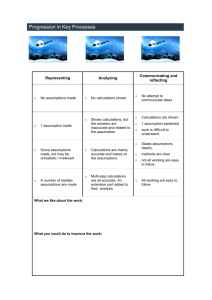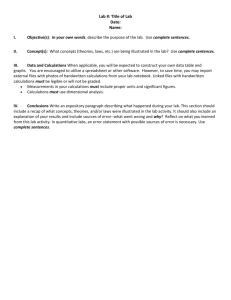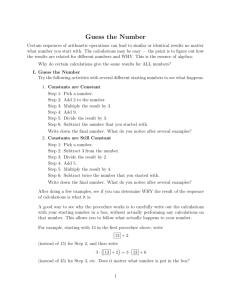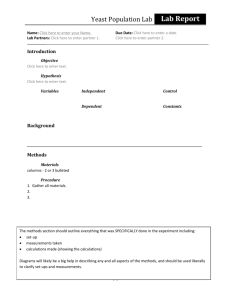Differential Amplifier & Multistage Amplifier
advertisement
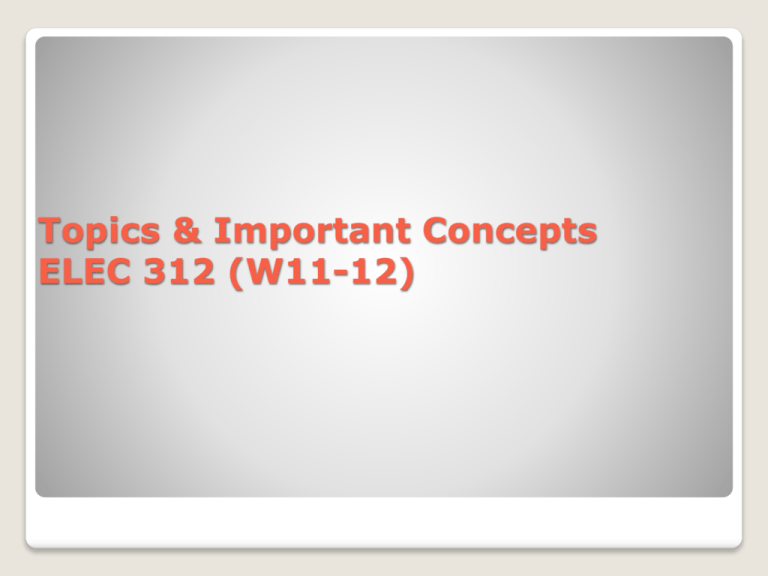
Topics & Important Concepts ELEC 312 (W11-12) Review of Diode, BJT and MOSFET (ELEC 311 materials) 1. Semiconductor devices 2. I-V equations 3. DC analysis, DC design 4. AC equivalent circuits 5. AC analysis 6. Voltage gain, Input & Output resistances 7. Single stage amplifiers Current Source, Current Mirror & Active Loads • • • • • • Current source using BJT and MOSFET Design of current source and mirror Non-idealities Improved current mirrors Active loads Use of active loads in basic amplifiers Differential Amplifier • Large signal operation •AC operation with discrete load (fully diff.,balanced diff.,single in diff. Out, Common mode rejection) •AC operation with active load (diff. In single out) Multistage Amplifier Operational Amplifier examples Diff. Amp, CE, CB, CC (CS,CG,CD for MOS) stages Overall gain calculations – take note of the loading at the inter-stage coupling Input, output resistance calculations Concepts of 3dB frequencies, dominant poles Expressing the gain as AM AL AH Calculations for high-frequency gain (OCTC, Full Transfer function, use of Miller’s effect principle) Frequency response of h fe (~relates to transition frequency) Gain- bandwidth calculations Compound amplifier stages for improved high frequency (wide-band) response Frequency Response of Amplifiers Negative Feedback Systems Basic concept and advantages Four types of feedback connection Two-port circuit and equation models (only three parameters are important) Calculations with ‘loaded’ amplifier (pay attention to proper unit of the loaded gain) Stability in negative feedback Gain margin, phase margin, frequency compensation Output Stages • REQUIREMENTS OF AN OUTPUT STAGE • DIFFERENT DC BIASING • CLASS A AND B STAGES- EFFICIENCY, POWER DISSIPATION • CLASS AB BIASING – CALCULATIONS •D I F F E R E N T C L A S S A B C O N F I G U R A T I O N S • HEAT DISSIPATION CONSIDERATIONS •Transfer function calculations •Band-edge frequencies and Band- width calculations •Barkhausen condition • R,C Oscillators (Wein Bridge, Phase shift) • L,C Oscillators (Colpitts and Crystal) • Analysis using loop-gain concept • Analysis using Nodal Admittance Matrix Equation Review, Take self test, Practice fast pace writing Good luck


